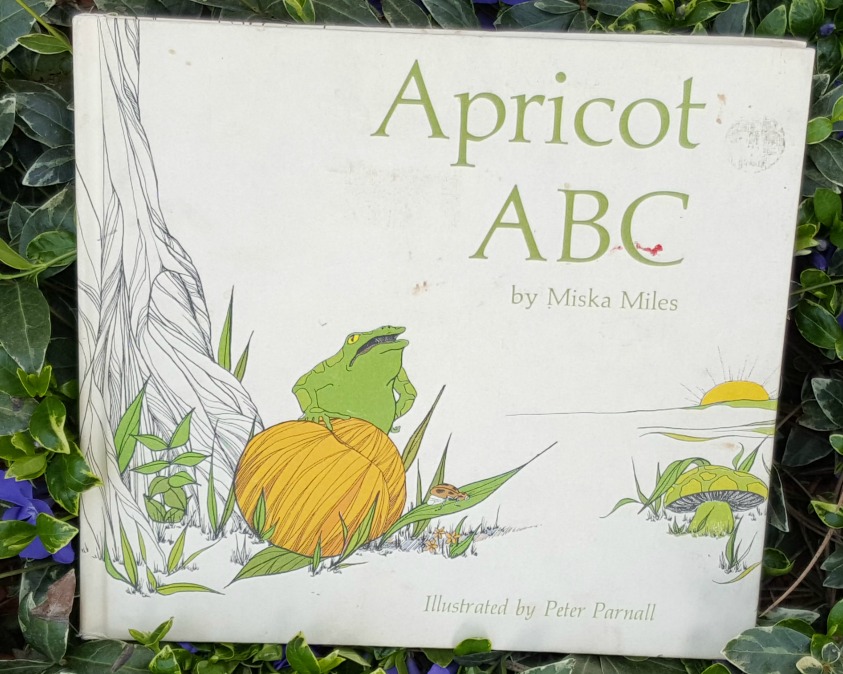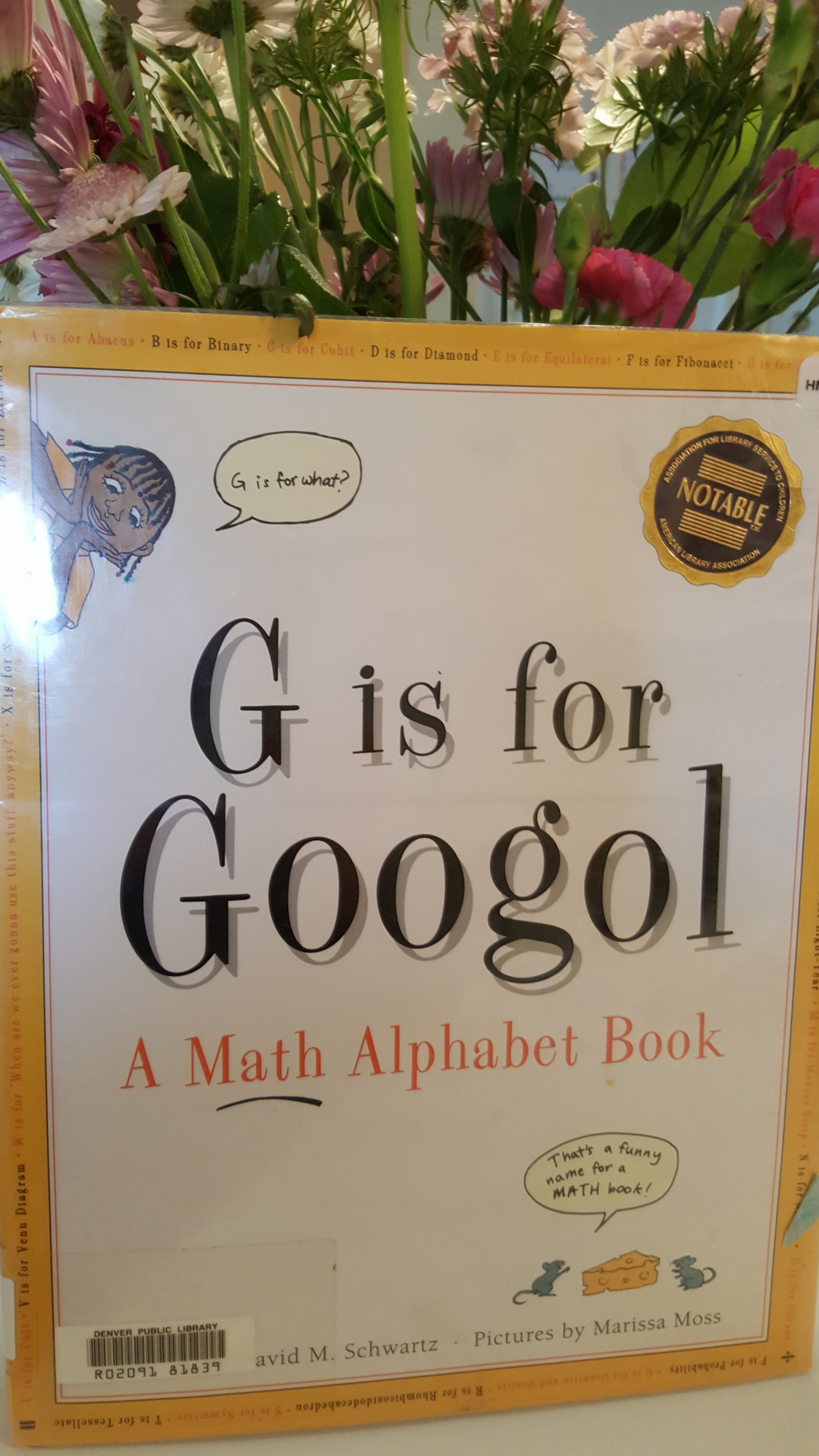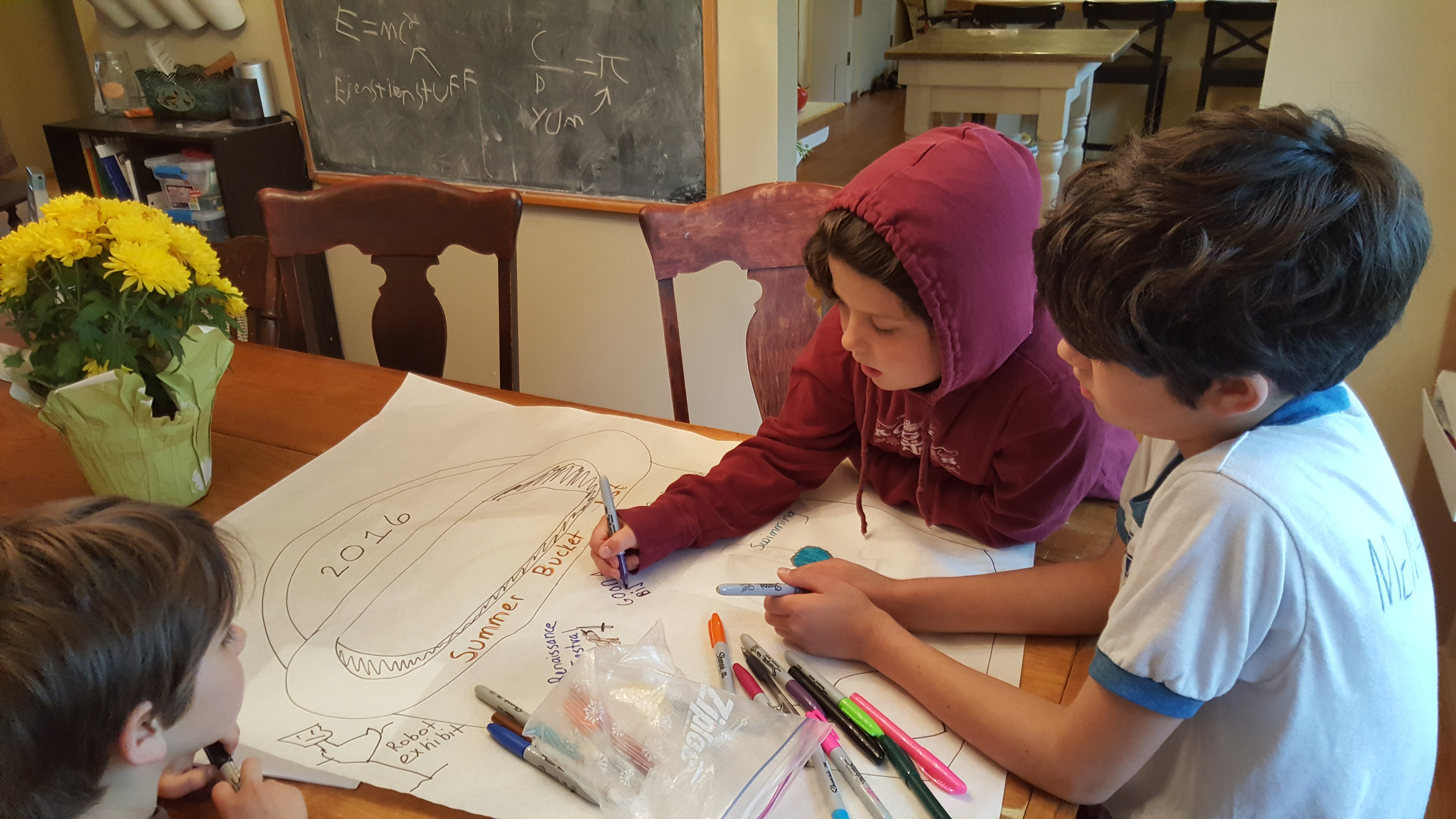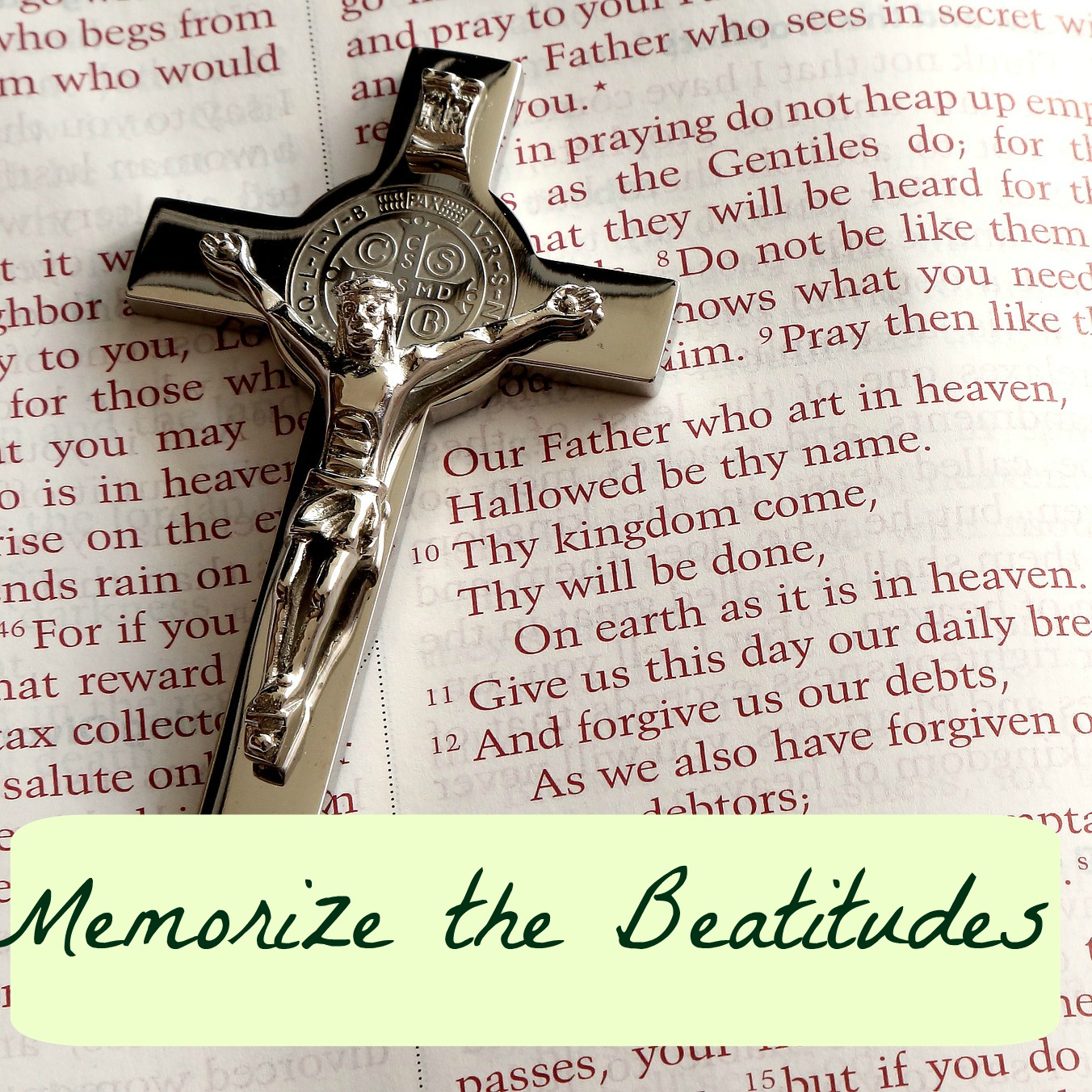These are my favorite resources for teaching the Catholic faith to my kiddos.
Catechisms
St. Patrick’s Summer: A Children’s Adventure Catechism
(Marigold Hunt)
A fun approach to the Catechism in storybook format. The children in the story are visited by Saints who deliver catechism lessons and tell exciting stories from the history of the Church. A great read aloud for those preparing to receive the sacraments.
An Illustrated Catechism (Inos Biffi and Franco Vignazia)
Richly illustrated in a style reminiscent of medieval illuminations, this beautiful book is organized according to the outline of the Catechism of the Catholic Church, with a section corresponding to each of its four main parts: The Creed, The Sacraments, The Commandments, and Prayer.
The New Saint Joseph First Communion Catechism
Originally published in 1963, this more traditional catechism is presented in question and answer format. The topics of creation, the fall, redemption, and sacramental life are all presented in an orderly manner, with accompanying full color pictures. This is a very thorough presentation of the faith at a level young children can grasp.
Jesus and the Saints
A Life of Our Lord for Children by Marigold Hunt
By the same author as St. Patrick’s Summer, this lovely book tells the story of the gospels in a way that is engaging and accessible to children. No dumbing down here. Hunt takes nothing away from the gospel and adds only enough to help children understand the context of the time and place.
The First Christians by Marigold Hunt
Another one by Marigold Hunt, this tells the story of the Acts of the Apostles in her signature engaging style.
Saints and Angels: Popular Stories of Familiar Saints by Claire Llewellyn
Stories of some of our favorite “Super Saints” and the Archangels accompanied by absolutely gorgeous illustrations.
First Reconciliation and First Holy Communion
Receiving Holy Communion
(Rev. Lawrence G. Lovasik, S.V.D.)
Pretty “old school” in it’s style and tone, this book offers a beautiful, straightforward explanation of the Sacrament of the Eucharist. It includes an explanation of the origin of the Mass; prayers for before, during, and after Mass; as well as conditions for receiving communion and a simple examination of conscience.
Going to Confession (Rev. Lawrence G. Lovasik, S.V.D.)
An excellent companion to the above book, this one explains the origin and meaning of the Sacrament of Reconciliation and takes kids through the logistics of the sacrament. It also contains a thorough examination of conscience based on the Ten Commandments. This is an excellent, gentle explanation of the sacrament that focuses on Jesus’s mercy and love for us.
A Picture Book of the Mass: Illustrated by the Masters (Lacy Rabideau)
This is a missal for young children from the creator of Catholic Icing. It provides the responses for Mass and is current for the new translation. Each page is illustrated with a gorgeous, classical painting to help children (or adults!) meditate on what is happening in the Mass. Helps young children to follow along and understand the Mass.
Jesus in my Heart (Sr. Immaculata Vertolli, OSB)
This book, written and illustrated by a Benedictine nun of the Abbey of St. Walburga, is part workbook, part textbook, and part keepsake. It was written to provide a hands-on curriculum for sacramental preparation that would engage a child’s senses and imagination. The highlight of the book is the 3-D card with fold-out “gates” and pocket inside representing a tabernacle. The child is invited to visit the Blessed Sacrament and insert the prayers he writes to Jesus into this card.
The Weight of a Mass
(Josephine Nobissio and Katalin Szegedi)
This beautifully illustrated and gentle tale celebrates the power of the Mass. A shabby, penniless old woman enters the baker’s shop as he is preparing luscious creations for the king’s wedding. When the baker refuses to give the old woman even a crust of stale bread, she offers to say a Mass for him, in exchange for food. Scoffing, he writes “One Mass” on a tiny piece of paper, places it on his scale, and tries to overbalance it with heaps of his finest pastries, but to no avail. The Mass outweighs them all.
The Mass Explained to Children (Maria Montessori)
While this book is written about the old rite of the Mass, it is an excellent, detailed, and understandable explanation of all aspects of the Mass from the prayers to the vessels to the vestments. Truly a treasure.
�
Confirmation
My Path to Heaven
(Geoffrey Bliss, S.J. and Caryll Houselander)
*Age 10 and up
Based on the Ignatian Spiritual Exercises this “retreat in a book” provides detailed illustrations to guide your child’s meditation on such essentials of the Faith as God’s will, angels, Heaven and Hell, the Fall of man, the Holy Trinity, the Incarnation, the Nativity, the Passion, salvation, the sacraments, faith, hope, love, and contrition, and it teaches children the relevance of these truths in their lives and in the decisions they make. Best for kids a bit older as some of the imagery might be scary to younger or more sensitive children. Also excellent for adults.
Archdiocesan Curriculum to be available ?
There is remarkably little available to prepare young children for Confirmation. Most material is geared toward teenagers. As our Archdiocese shifts to conferring the sacrament on 8-year-olds, parents will be challenged to find appropriate materials. The Archdiocese has indicated its plan to release a curriculum which will be made available in May of this year.
























